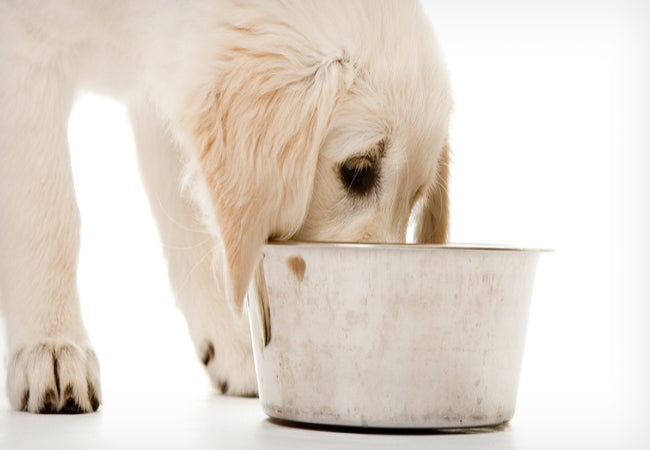Switch from Puppy to Adult Food 2025: Vet-Reviewed Timeline & Tips 🐕🍽️

In this article
Switch from Puppy to Adult Food 2025: Vet-Reviewed Timeline & Tips 🐕🍽️
By Dr. Duncan Houston BVSc
Puppies grow fast—and their nutritional needs shift dramatically along the way. But switching from puppy to adult formula too early or too late can impact their development, weight, and overall wellbeing. In this detailed guide, I'll walk you through evidence-based timelines by breed size, nutrient considerations, transitioning strategies,
1. 🐾 Why the Timing Matters
- Puppy food is higher in protein, fat, and essential nutrients like DHA, calcium, and phosphorus—ideal for bone growth and brain development.
- Switch too early? Your pup may miss growth targets, coat shine, or immune support.
- Switch too late? Risk of unnecessary weight gain, slowed growth plate closure, or joint issues—especially in large breeds.
2. Size‑Based Feeding Timeline
| Breed Size | Puppy Food Up To | Transition Starts Around | Fully on Adult Food by |
|---|---|---|---|
| Small (<20 lb) | 10–12 months | 9 months | 12 months |
| Medium (20–50 lb) | 12–15 months | 11 months | 15 months |
| Large (50–90 lb) | 15–18 months | 14 months | 18 months |
| Giant (>90 lb) | 18–24 months | 18 months | 24 months |
3. Signs Your Pup Is Ready to Transition
- Growth plate x-rays indicate skeletal maturity.
- Weight gain slows/stabilizes.
- Coat looks healthy, teeth clean, energy steady.
- Vet approval via mid-progression check-up or photo-sharing in-app.
4. ⭐ Nutritional Differences: Puppy vs. Adult Food
- Protein & fat: Higher in puppy formulas for growth.
- Calories: Puppy food has 20–50% more energy.
- Calcium & phosphorus: Elevated to support bone mineralization.
- DHA: Essential for brain and vision; often reduced or absent in adult food.
When switching, choose an adult formula that still meets AAFCO standards and includes good-quality protein, moderate fat, joint support (glucosamine), and omega‑3s—especially for large breeds.
5. 🎯 Step‑by‑Step Gradual Transition
- Week 1: 75% puppy + 25% adult food.
- Week 2: 50% puppy + 50% adult.
- Week 3: 25% puppy + 75% adult.
- Week 4: 100% adult food.
Monitor stool, energy levels, and appetite. If signs of digestive upset appear, slow the transition by several days.
6. Meat Your Meal: Adjusting Portions & Frequency
- Adult food is more calorie-dense—reduce total fed by ~15–25%.
- Divide meals into two (small breeds) or three (large breeds) daily feeds.
7. 💧 Hydration & Digestive Support
- Puppy food can be moistened during and after transition to ease digestion.
- Include fiber/glutamine-rich toppers (pumpkin, green-lipped mussel) after vet approval.
- Use probiotics for gut health, especially at changeover.
8. 🧠 Emotional & Routine Support
- Keep meal times calm—avoid stress which can disrupt digestion.
- Use soft enrichment sessions—Woopf sniff toys after meals to soothe and stimulate.
- Provide incremental novelties like rotating toy puzzles to enhance feeding engagement.
9. ⚠️ Common Transition Challenges & Fixes
- Refusal to eat adult food: warm it slightly, add a small topper, or return to 50:50 ratio temporarily.
10. 🛠 Monitoring & Tools
- Woopf enrichment: Use feeder toys to slow feeding and encourage foraging.
11. ✅ Final Takeaways
- Timing depends on size: small (9–12 mo), medium (12–15 mo), large (15–18 mo), giant (18–24 mo).
- Follow a 4-week gradual switch with close monitoring.
- Adjust portion sizes to maintain healthy body condition.
- Use functional support—stress reduction, enrichment, hydration—alongside dietary change.



